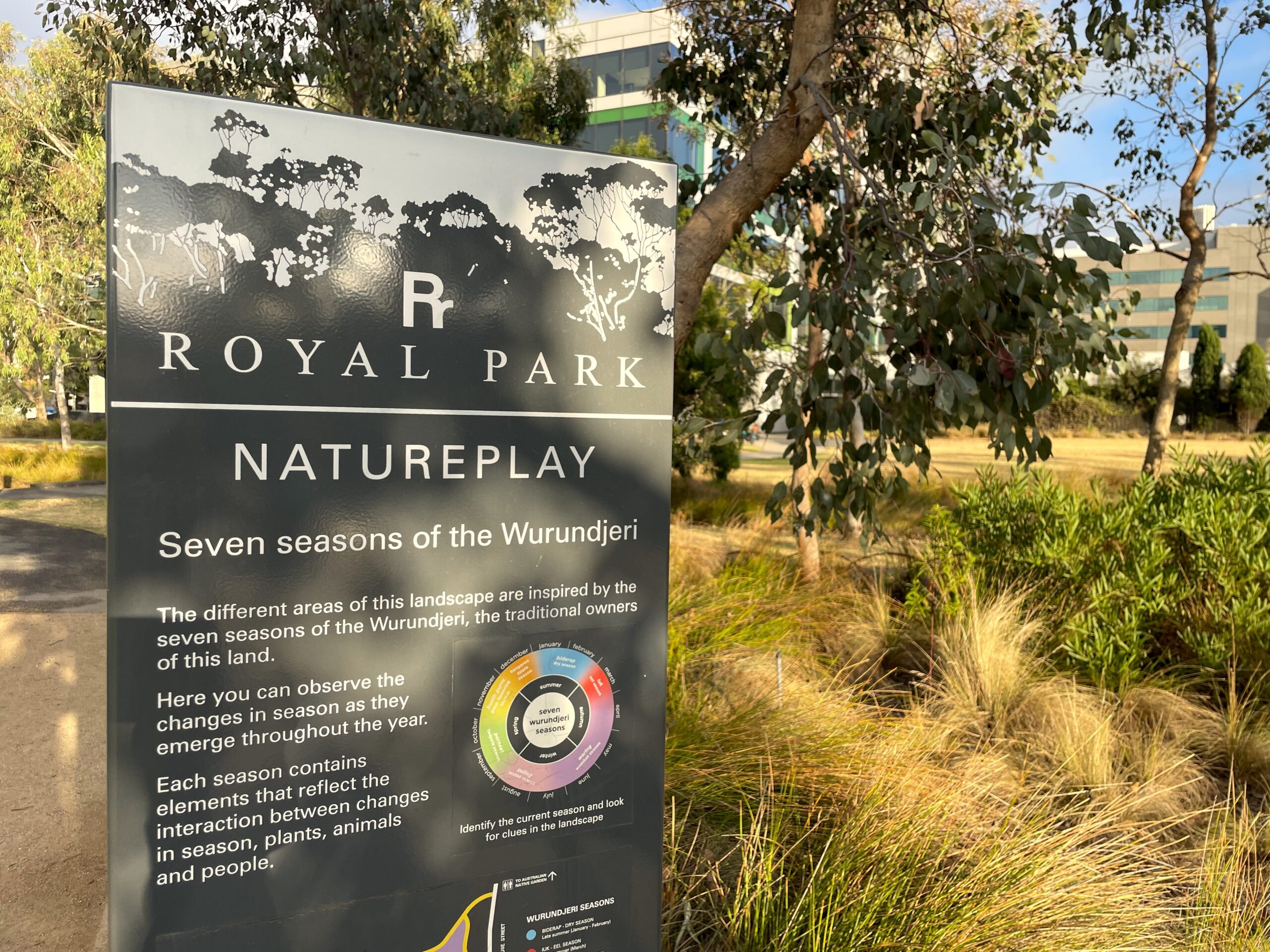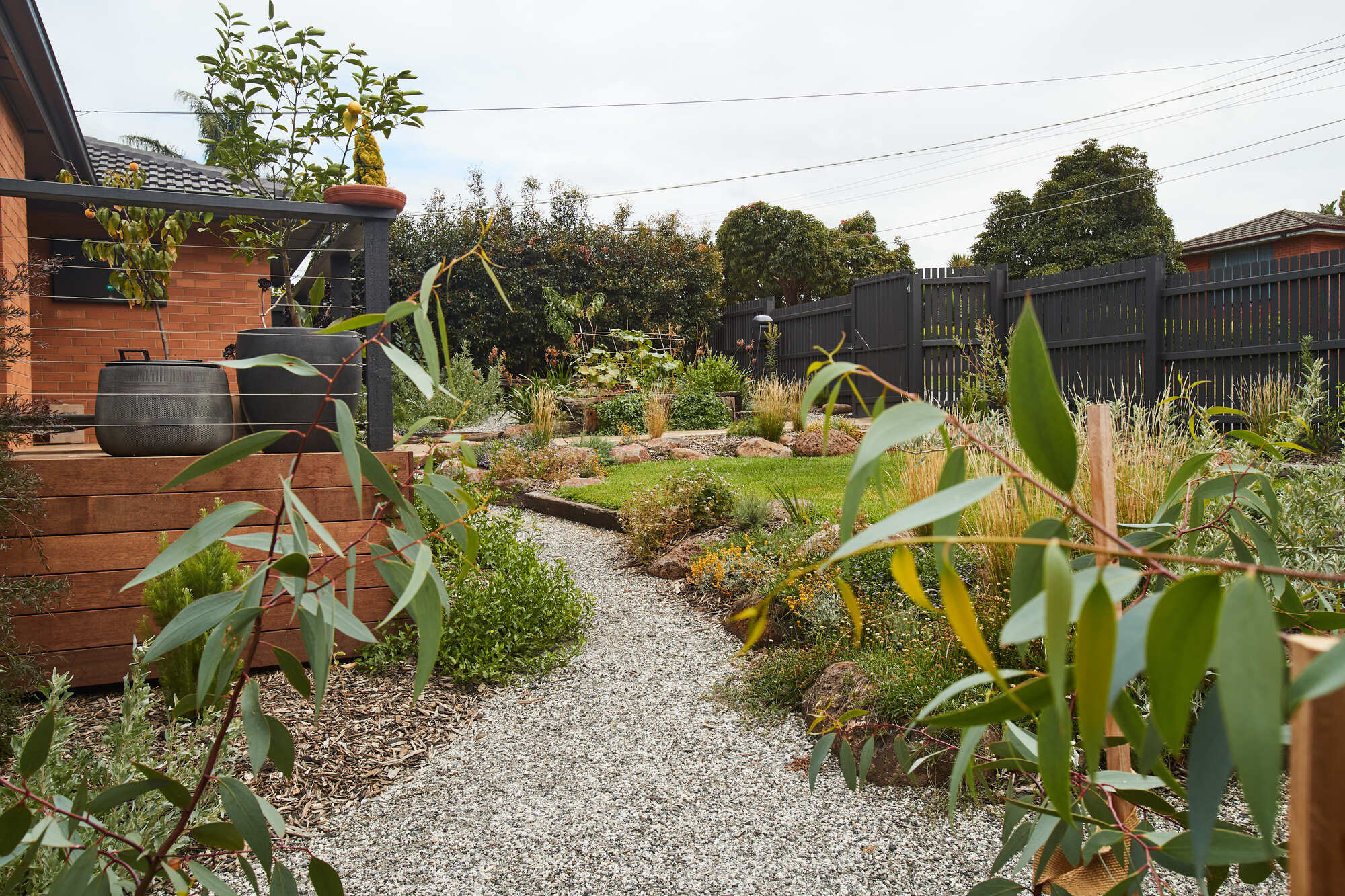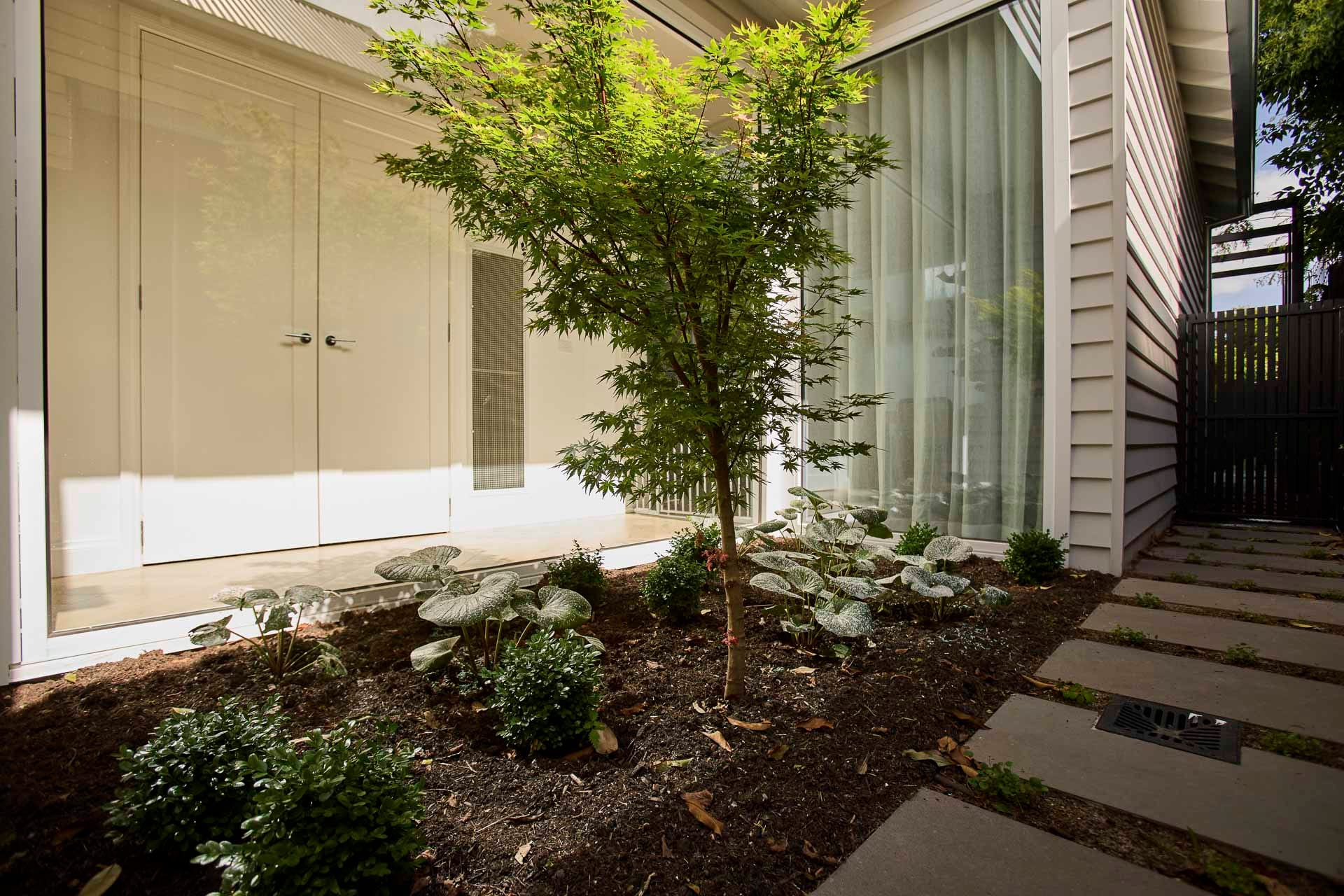Designing playgrounds that embrace and celebrate the rich heritage of indigenous Australian culture
Offers children a unique play experience and serves as an educational tool, fostering early cultural awareness and respect. The City of Melbourne’s Nature Play at Royal Park is a shining example of how indigenous culture can seamlessly integrate into playground design, creating an engaging, informative, and inclusive environment for all.

Nature play inspired by the seven seasons of the Wurundjeri
Located next to Melbourne’s new Royal Children’s Hospital, Nature Play at Royal Park is more than a play space. An important goal is to build children’s empathy for nature and understanding of Melbourne’s indigenous culture. Different planting in areas of the landscape is shaped by the seven seasons that the traditional owners of the land divide the year into. Children can look for clues in the landscape’s plants and animals to identify the current season.
At its centre is a controllable watercourse where children can dam the creek and release a flood on their friends downstream. This water play element is associated with the “dry season”, while a diminishing sequence of metal hoops is an interpretation of an eel trap. Each area includes species that are important to that season. For example, the silver wattle blooms in August and marks the transition from ‘wombat season’ [winter] to ‘orchid season’—the start of spring.


A great space to climb, explore, create, and get dirty
Natural materials have been used wherever possible in the design of the play space. You’ll find climbing-courses made from undyed rope, smooth logs, and giant stone boulders. A giant earth mound covered in lush green turf offers long views to the grassland circle to the north, and back across the city skyline to the south. Gully spaces, slides, sand pits, yarning circles, a traditional Gunya (dwelling), bridges and winding paths integrate with existing woodland to encourage play activity to extend into the unstructured spaces of the park.
By weaving Indigenous Australian culture into playground landscaping, we create spaces for play, cultural immersion, and education. The points below delve into how playground landscaping can serve as a living narrative of Indigenous heritage.
How to incorporate indigenous cultural elements
Start with storytelling
Every element in a culturally inspired playground should tell a story, reflecting local Indigenous cultures’ traditions, stories, and practices. Engaging with local Indigenous communities from the outset is crucial to ensure cultural accuracy and respect. Their stories can inspire unique playground features that are both educational and fun.
Use natural and locally sourced materials
Incorporating materials that are indigenous to the local area, such as timber and sandstone, helps root the playground in its cultural and environmental context. These materials pay homage to traditional practices and constructions and promote sustainability.
Educational elements
Playgrounds like Royal Park, incorporating educational play like controllable water courses or story telling signage, offer children interactive and enriching learning opportunities. These features can spark conversations about language, local flora, and Indigenous culture, making the playground experience both enriching and entertaining.
Collaborative design
Designing a culturally themed playground should be a collaborative effort involving Indigenous cultural consultants, local communities, and experienced landscape architects. This collaboration ensures the design is culturally sensitive, accurate, and meaningful.
Landscape integration
Integrating the playground within the natural landscape is essential to honour the Indigenous connection to land and nature. You can use the terrain to your advantage, creating features that mimic natural formations and encourage exploration and discovery.
Bringing it all together with Great Spaces
Great Spaces, known for our exceptional commercial landscaping solutions, is perfectly equipped to bring your vision of a culturally inspired playground to life.
Focusing on sustainability and collaboration with local communities and artists, Great Spaces can help create a beautiful, functional, and educational playground that respects and celebrates traditional elements of Indigenous culture while meeting health and safety requirements. Feel free to get in touch for more information or to discuss your playground landscaping needs.


















